Casting your mind back into the history of personal computing, the significance of the original Macintosh is as defining as the Gregorian calendar. You could split the industry into the pre-Mac and post-Mac era, originating in 1984 with the legendary Super Bowl advert directed by Ridley Scott. Millions of dollars worth of Macs were sold following the broadcast of the Ad! Steve Jobs had arrived and so had a new era in the world of home computing.
40 years of the future
Happy birthday, Mac!
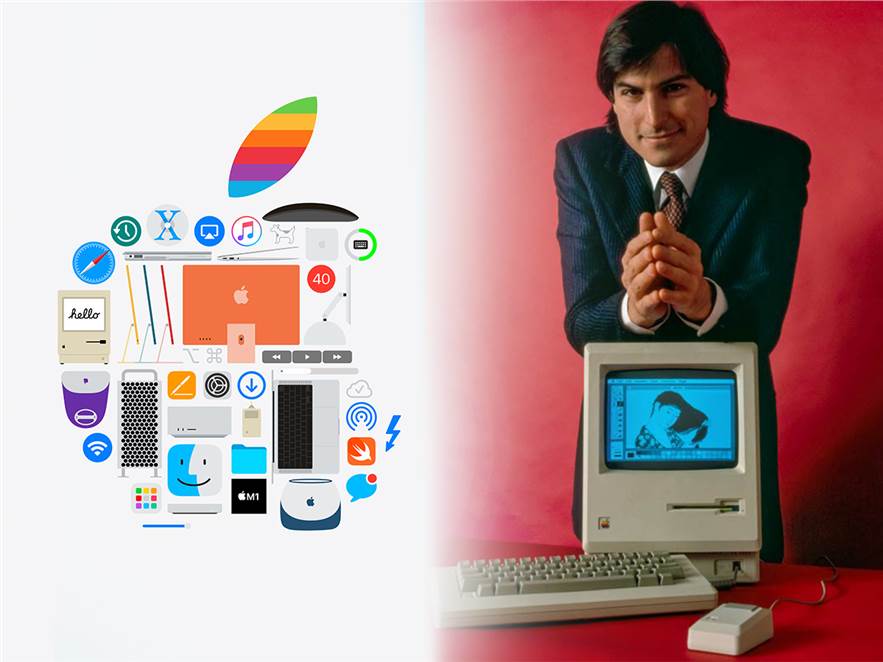
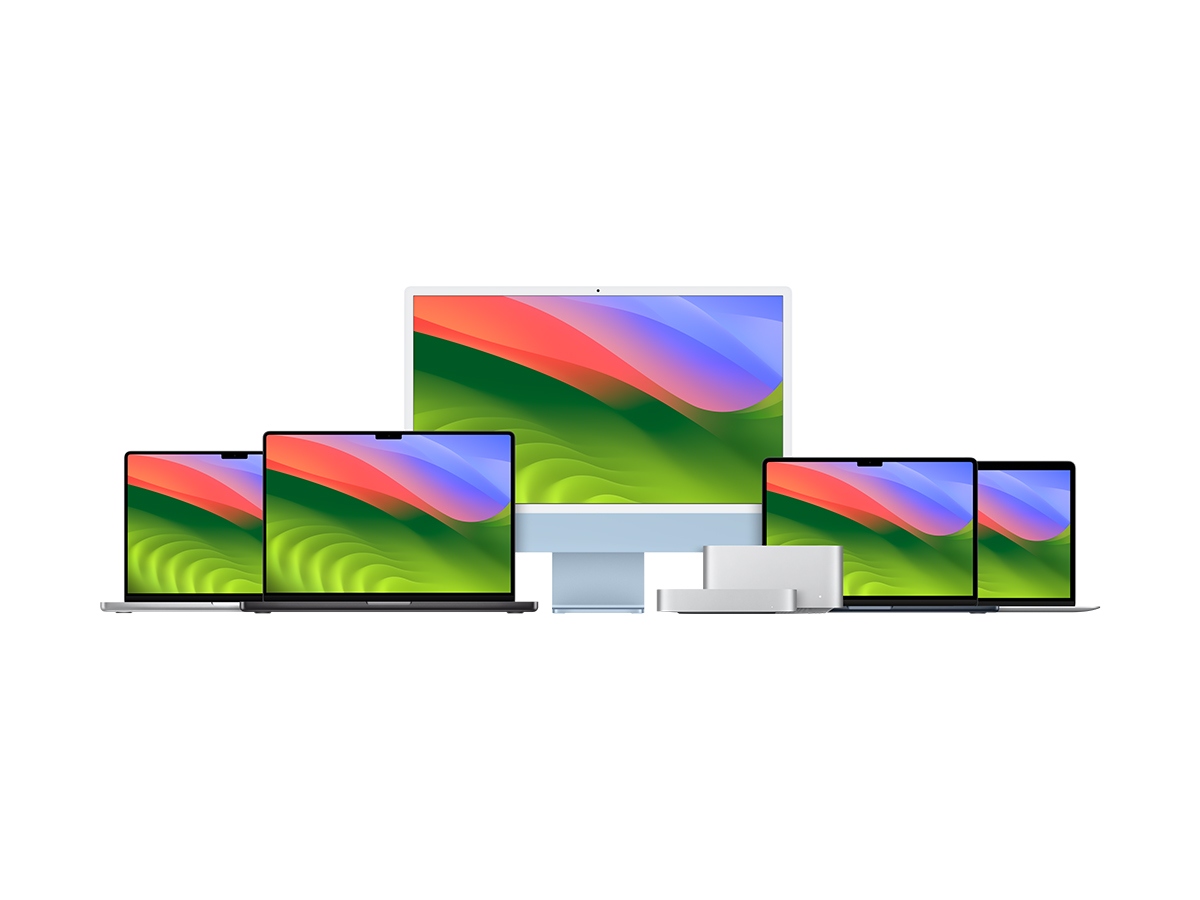
With the transition to Apple Silicon, the pace of innovation has been incredible, but looking at history, it’s always the transitions that have allowed the Mac to remain powerful and relevant through the years. One of the biggest ones was the transition to MacOS X, which provided the modern foundation on which most of their current technologies are built. The most current one, the move from Intel to their own silicon design has been transformative for the experience. As for the platform itself, with the Apple Vision Pro imminent and the iPadOS having evolved to an almost unrecognizable state of tune, will the MacOS go a different way? Even with a company with a roadmap like Apple’s, it would be optimistic to bag a scoop here, but “for a company that is as visionary and innovative as Apple, if we can dream it, we’ll make it!”, quips Colleen Novielli, Mac Product Marketing.
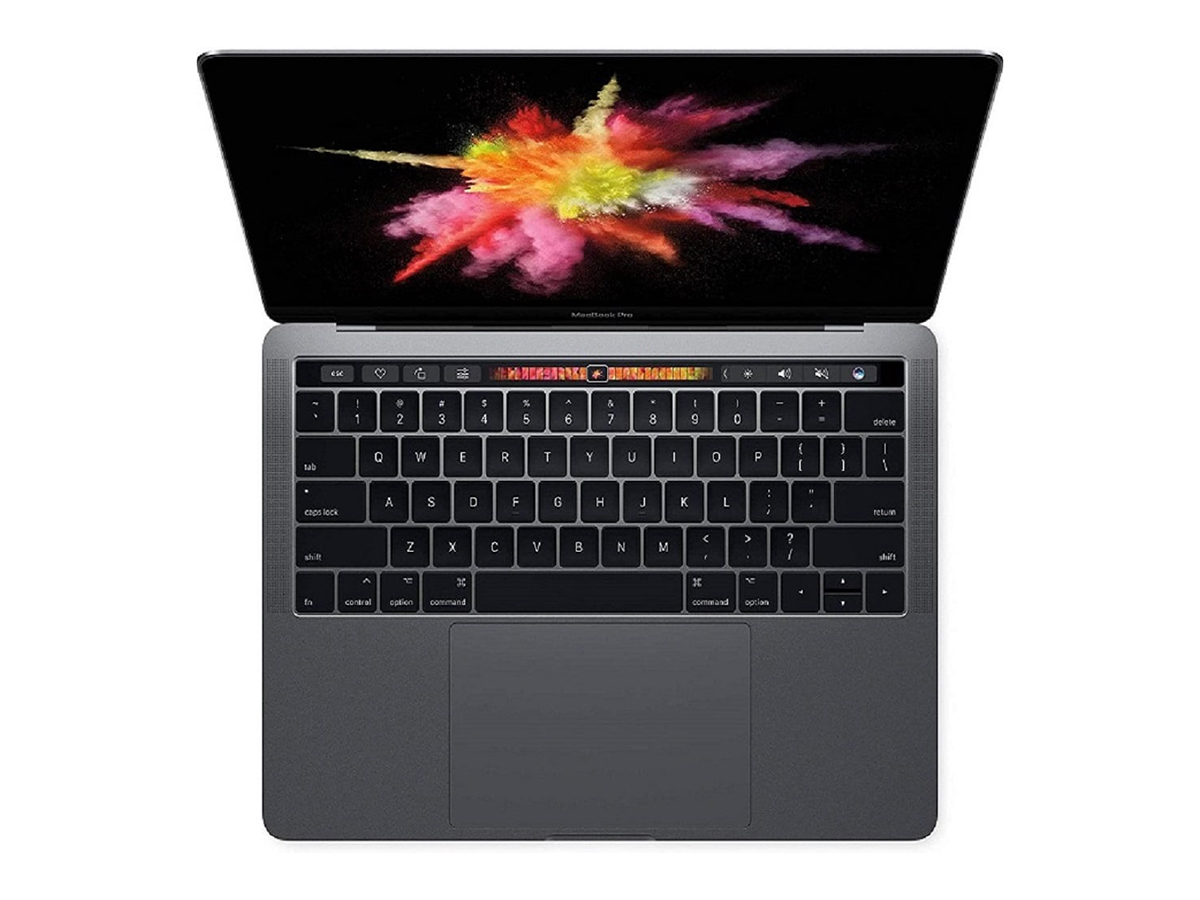
While the original Mac cost around $2495 in 1984, it equates to about $7300 in 2024 terms, adjusting for inflation, which is also the approximate cost for the current Apple flagship, the Mac Pro. “To Apple, Mac is really a foundational product and category that has been around for 40 years. Since its introduction, it’s been a critical part of not only the business but for all of our users. Professionals run their business on Mac and for their everyday productivity and they rely on it to get their work done. For example, every app that is designed for iOS and iPadOS is designed on a Mac so we know how fundamental the Mac is for so many and it’s important to us that we offer options for the spectrum of needs. With Apple Silicon, it has allowed us to do that to an even greater extent than before. Every Mac that someone is going to purchase is going to come with these foundational technologies…like the neural engine, media engine and we believe that every Mac that is purchased will be this amazing baseline experience.” says Colleen.
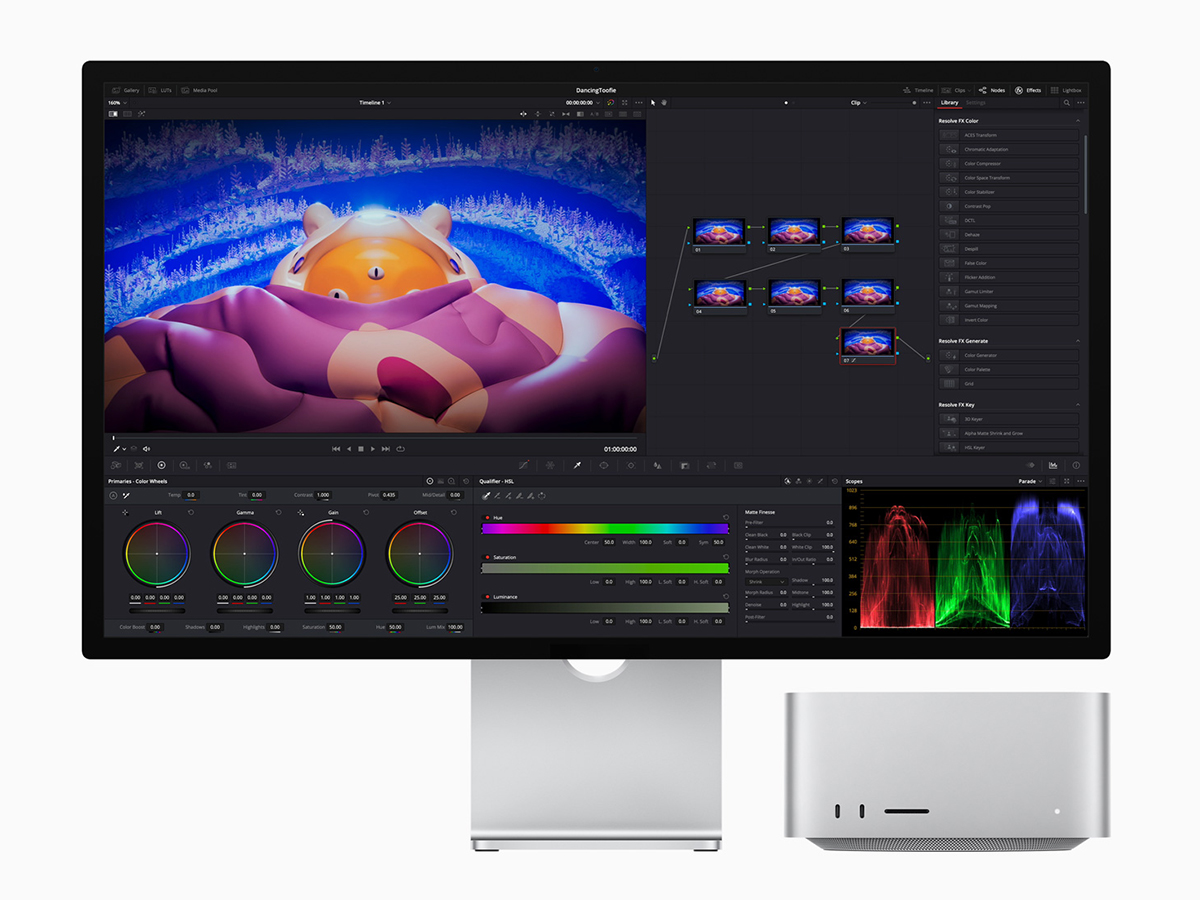
In its four-decade long history so far, the one constant for all Macs has been their ability to defy ageing. Sure, the early models went through their share of floppy drive storage iterations faster than you would be able to fill them with data these days, but since the late 2000s, the unibody construction and promise of software updates for years allowed Macs to outlast other personal computers by a fair margin. Doug Brooks, Mac Product Marketing concurs, adding, “We’ve really done a good job with the ecosystem moving forward so that users can tap into the latest capabilities, including hardware. One of my favourite examples of our investment in Apple Silicon is that it allowed customers to move to the latest technology, and take advantage of our most advanced architecture but with an incredibly high degree of compatibility to run their existing software. In retrospect, it’s one of the smoothest transitions we’ve ever done and our users have told us just how elegant it was. One of the things we have seen, particularly on the desktop side is the modularity of products like the Mac Mini and Mac Studio. Our displays continue to be compatible with our latest and greatest systems and allow users to pick and choose the components that are important to them.”
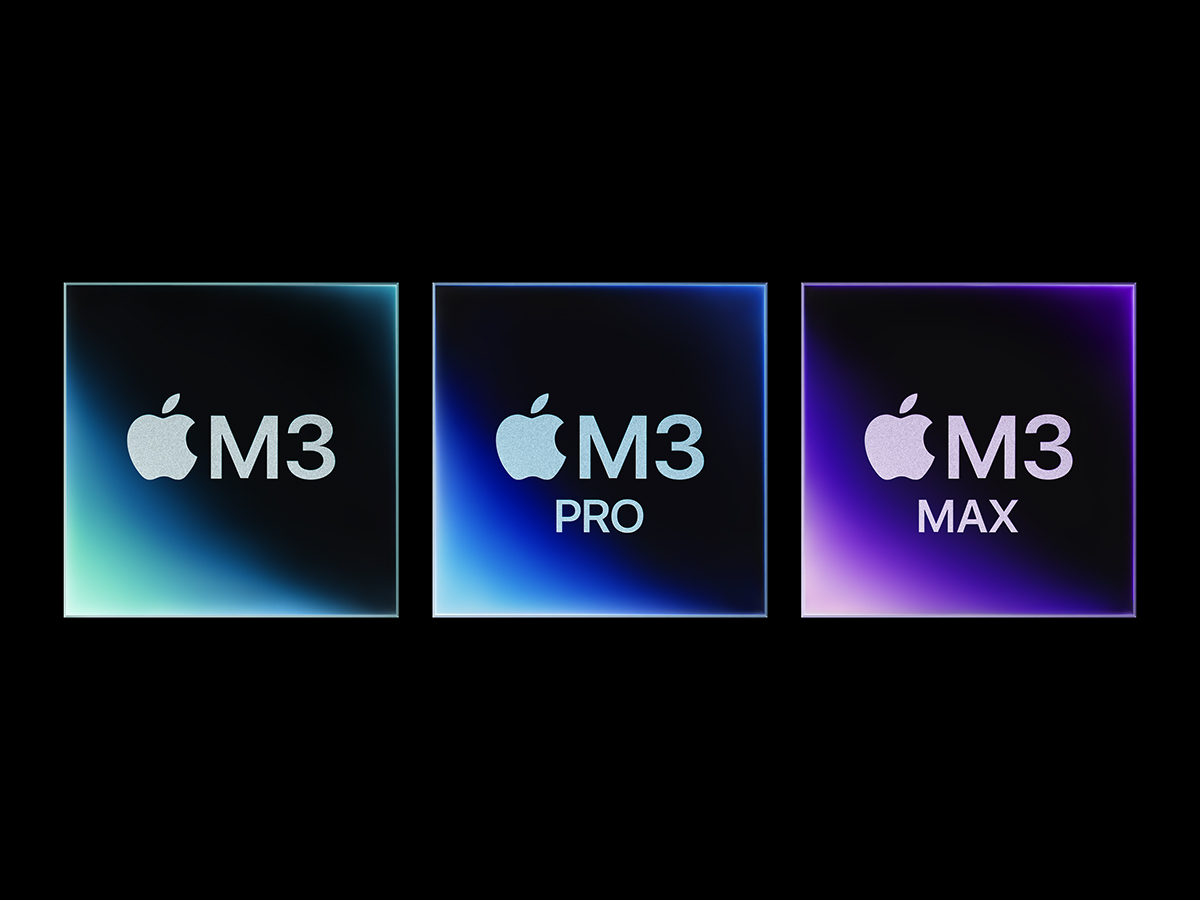
Throughout its lifespan, the Mac has also seen a significant uptick in its appeal to enterprise users and lately, even the gaming community has warmed up to the idea of AAA games on the MacOS. Microsoft may have ruled the roost for decades, but modern businesses are slowly and steadily realising the merits of Mac, says Colleen “We have major customers in almost every industry using the Mac now. One example is Wipro, who are one of our large global enterprise customers and they’re actually replacing Windows PC with MacBook Air. Offering Mac we’ve now come to understand becomes a major advantage for companies over the competition when they’re recruiting new graduates because of their superior performance with Apple Silicon. Also, the total cost of ownership is lower, the carbon footprint is minimal and things that are important in terms of sustainability. A few other examples include Cisco, which is another global brand, we have a recent survey that shows that three out of every five employees there are choosing Mac over PC. Over 60% of their 130000 employees are using a Mac today and businesses are choosing them, not just the employees. Another example I can give you is Starbucks, where I probably go too much. I support a lot of their business personally…but they have refreshed over 10000 Macs for their employees to the MacBook Air M2 for the store managers. And then we have developers, including medium enterprises in India and they’ve realised huge performance gains in compile time using Macs with Apple silicon and that has a tangible impact on the product development environment. So we’ve seen both customer+employee satisfaction and significant cost savings by bringing Mac over PC into their workforce.”

Academia has always played an integral role in amplifying the benefits of Mac too and now two-thirds of college graduates are now using a Mac, essentially locking them into the perks of the ecosystem and spoiling them with a performance advantage that is virtually impossible to give up on.
One of the underlying tenets of Apple is sustainability and sustainable design, adds Meghna Lav, Mac Product Marketing. Our products are built to last and we design every product with the environment in mind… using recycled aluminium, paper based packaging. Their products are built to last and MacBooks usually outlive their user’s professional tenure. Some of the iterations unfortunately didn’t get songs written about them, like in the case of the cylindrical Mac Pro, or the Touchbar on the MacBook Pros. But for every misstep in connectivity or interface, industrial design and performance have grown by leaps and bounds. This isn’t a reverie, but rather a fact that is as right as night. The Mac might have shaped the course of modern computing, but no one can predict what shape it will take in the next forty years of its existence. But, I sure do hope I’m still around to witness it with all the wonderment that i have for it today!
.jpg&w=35&h=35&q=70&c=1)